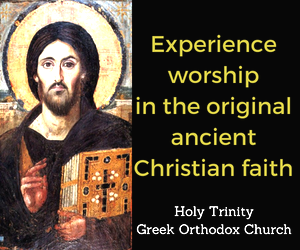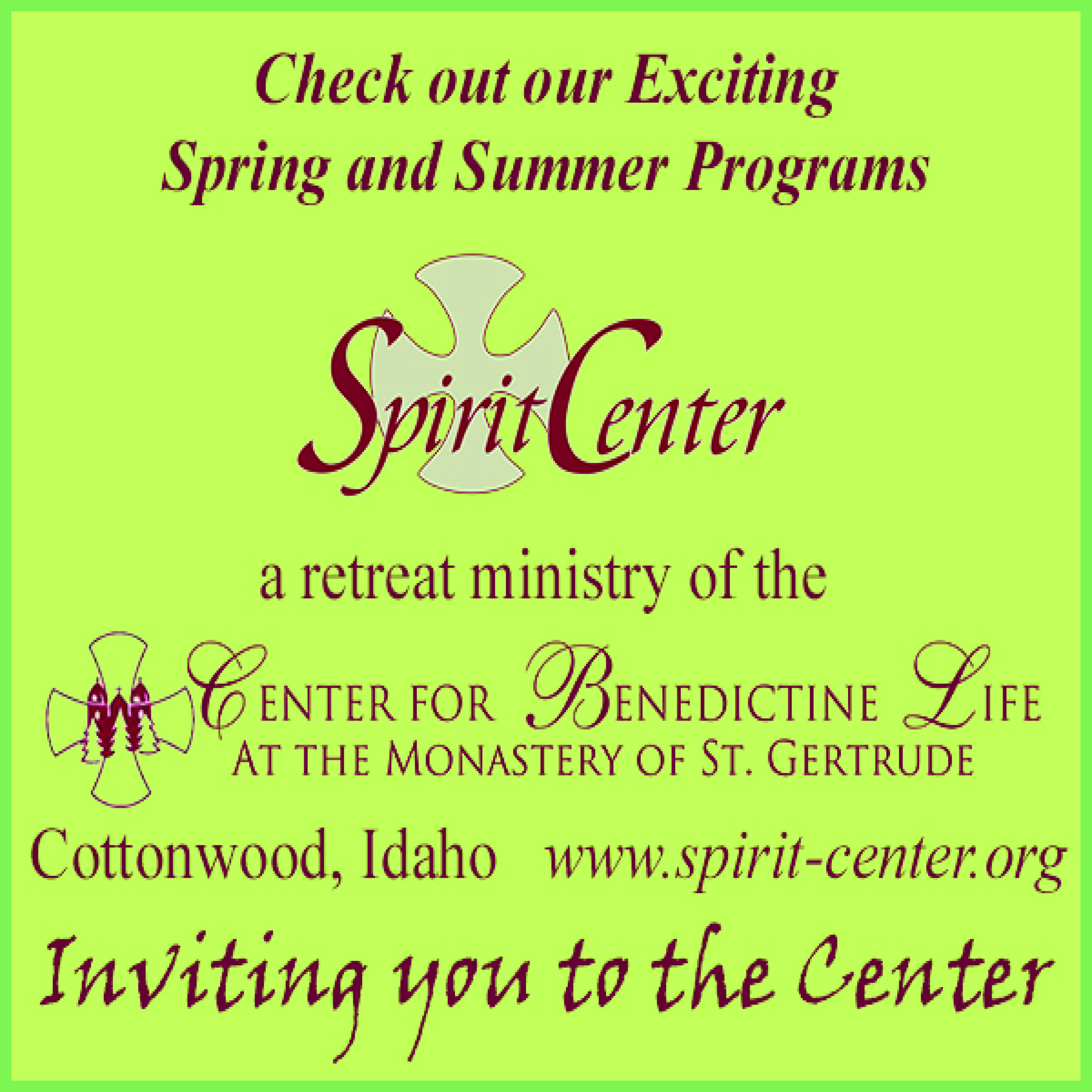By John Hancock
Red cups of holiday coffee seem OK to me. Why make us drink from the same color all year? Why did Starbucks eschew mangers and snowflakes and Rudolf? Maybe the offended persons actually found some facts about this, contrary to what Starbucks actually said about it.
But maybe not. What I know about the Starbucks corporation came in an entertaining book by Taylor Clark. After the 400thStarbucks store opened in Portland, he wondered what life was like before Starbucks. How do humans survive in places without such life-sustaining luxury?
Owner Howard Schultz seems fanatical about testing customer opinion on every aspect of the coffee business. He has a compassionate and constructive mission to make people both employees and customers happy, but Starbucks adopts only what research confirms is a profitable plan.
Starbucks said the plain red cup was designed to be OK for the greatest number of customers. I understand that the Mormons still frown on caffeine, but that leaves plenty of other faith and nonfaith people with me in the queue.
In the standard list of the sins of omission, I don’t find product design. But holiday merchandise, promotions, or displays that include such pandering are everywhere. Like Starbucks theory, there must be a reason, but who can tell whether it’s personal faith or just commerce?
Lighten up, please. Starbucks has mastered the addiction psychology of a sweet, pretty, entertaining, self image-building tonic. Protecting the true meaning (and logos) of Christmas may help you, but please don’t make up things about the meaning of red coffee cups.





